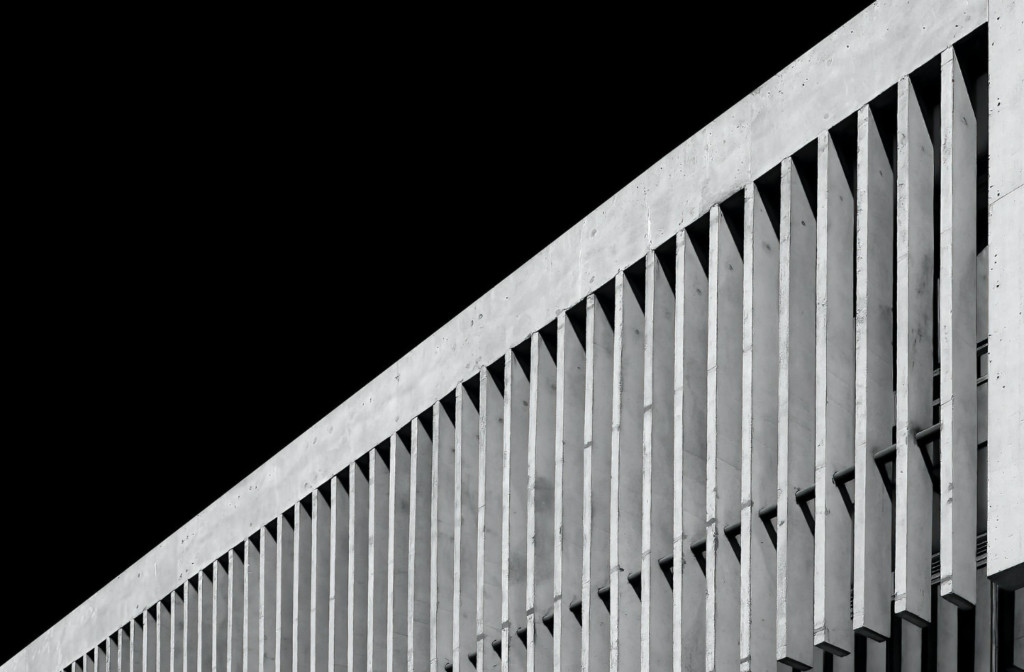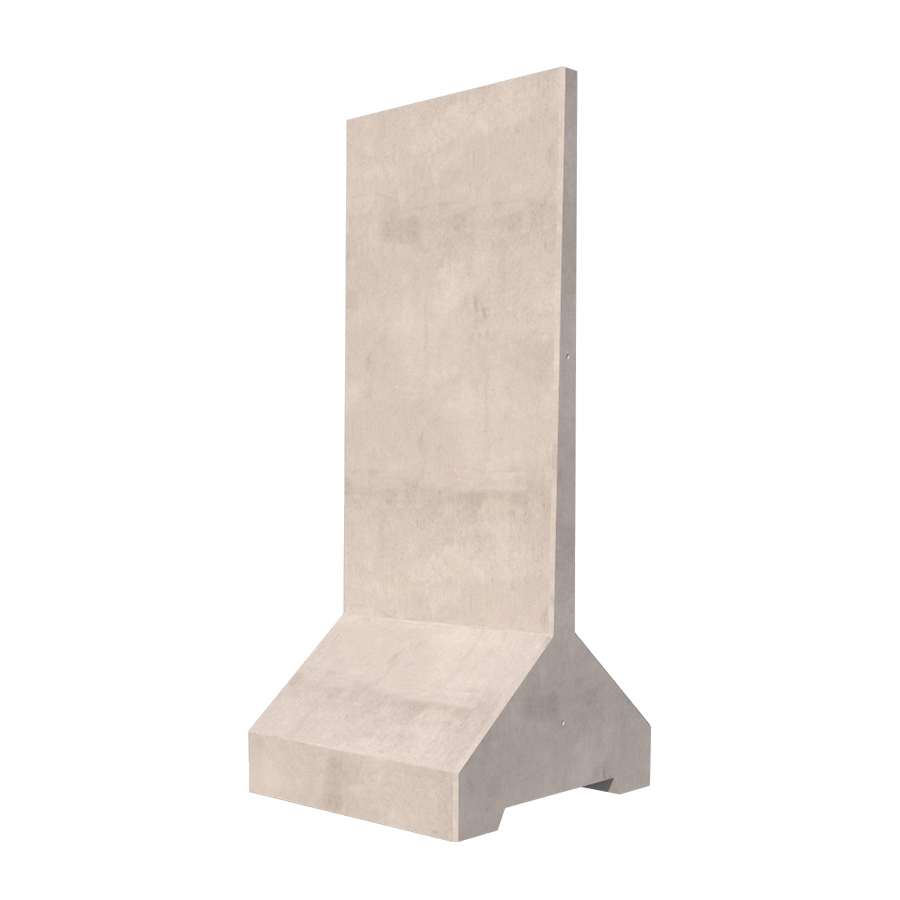
Many contractors and builders will already have a good perspective on precast concrete and its inherent qualities and properties, including its economic benefits and relative ease in installation. You can apply precast concrete to various structures and buildings, and many bridges, culverts, parking garages, and even stadiums already boast precast concrete elements. But if you have a project underhand and you are weighing the pros and cons of using precast concrete, here are the benefits you didn't know about precast concrete: safety, quality, energy efficiency, and more.

If there is an accident at your construction site, the safety of your employees – and the general public, at that – can be at risk. Along with this, the finances of your project can be put at risk as well. But a project involving precast concrete has a much better safety record compared to projects using other products or materials, and you can essentially mitigate your risks when you use precast concrete.
For example, as an employer, you are obligated to make sure your workers are protected from silica dust exposure, which is used for concrete mixing. But when you optimise precast concrete, you can eliminate this potential issue since the concrete is cast in a facility. However, if you opt for on-site casting and mixing, silica dust may still end up escaping despite your best efforts, and this can be a problem for those with respiratory conditions.
Different variables can affect concrete quality if you do it on-site, such as the weather, human error, and the like. But if you choose precast concrete, its production is more controlled since the plant makes sure that the mixture is exact and adequately measured. It will be in a controlled climate as well. The experts in the facility will closely monitor the process as they make the concrete, cast it, and cure it – in other words, the process is tightly controlled from start to finish. Compared to concrete cast on-site, precast concrete often has a longer lifespan and doesn't require much maintenance. A precast concrete retaining wall, for example, will have a better lifespan and will not need much maintenance and care, which makes it a more viable investment.
The materials you use in your building and construction project will make a big difference and impact in terms of energy efficiency. That said, you can easily customise precast concrete to make use of various elements that contribute to the energy efficiency of your structure, such as shading, vertical fins, and recessed windows. Furthermore, with precast concrete, you can easily add insulation as you install it, and you can also do this after you have already had the building or structure constructed. In addition, concrete is widely known for its energy-efficient qualities since it can retain cooled or heated air very well. With this, you can save more money on your electric bills plus reduce your building's energy load at the same time.
Precast concrete is aesthetically pleasing since you can have it designed and created to match the current building where you are installing it, and you can have it blend in with neighbouring or adjacent structures. You can even include architectural details such as cornices, arches, quoins, and decorative reliefs.
comments